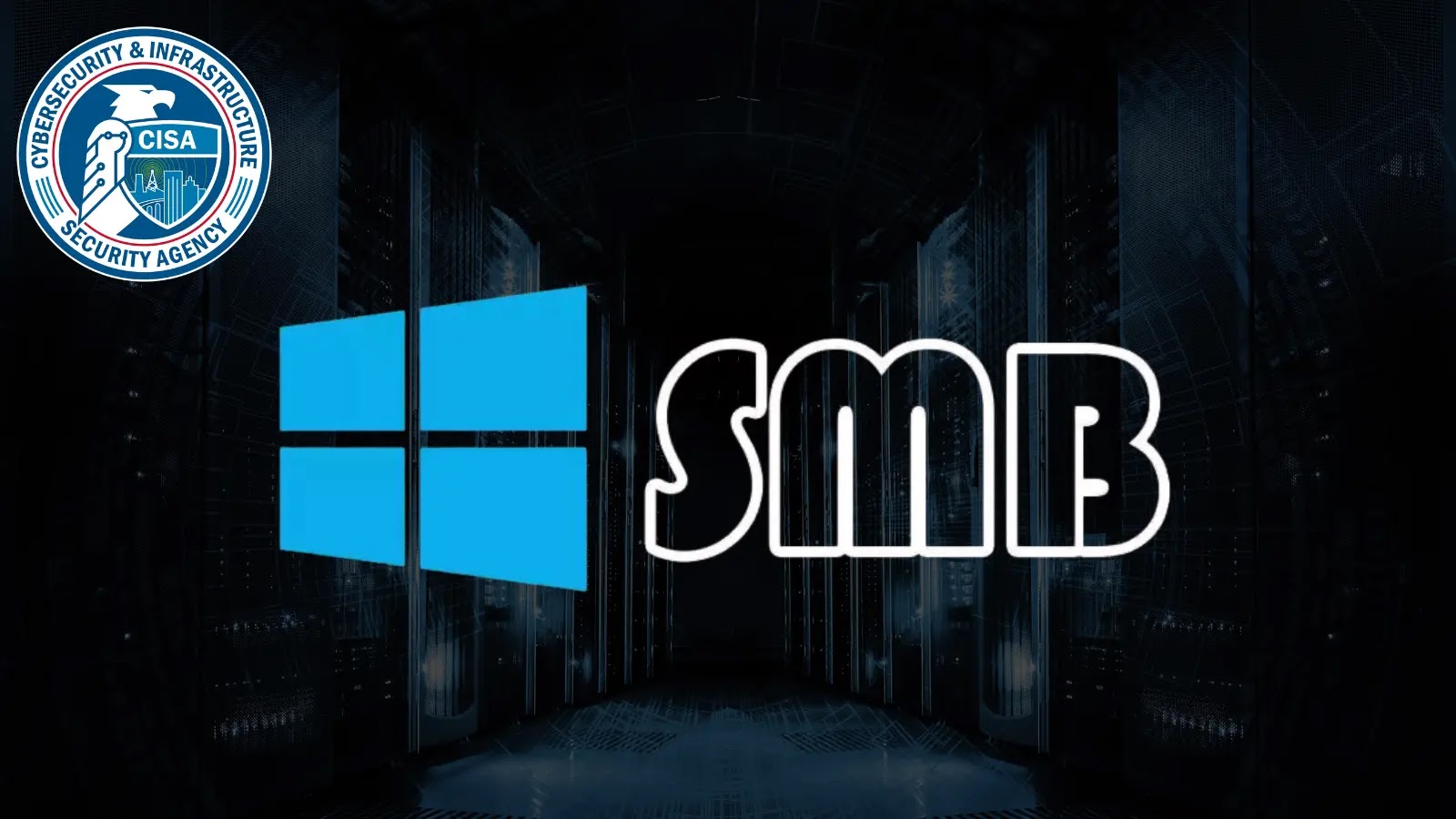
CISA Warns of Windows SMB Vulnerability Actively Exploited in Attacks
CISA Sounds the Alarm: Critical Windows SMB Vulnerability Actively Exploited
The digital landscape just got a little more critical. On October 20, 2025, the Cybersecurity and Infrastructure Security Agency (CISA) issued an urgent alert, highlighting a severe vulnerability in Microsoft’s Windows SMB Client. This isn’t just another security advisory; CISA’s warning denotes active exploitation in the wild, posing an immediate and significant risk of privilege escalation for organizations across the globe. Understanding this threat and taking proactive measures is paramount.
Understanding CVE-2025-33073: A Deeper Dive
Tracked under CVE-2025-33073, this newly identified flaw in the Windows Server Message Block (SMB) Client is categorized as an improper access control vulnerability. While the full technical specifics are still emerging, the nature of “improper access control” within SMB is particularly concerning. SMB is a core network file sharing protocol, deeply integrated into Windows environments. A flaw here can grant an attacker unauthorized permissions, potentially leading to complete system compromise if left unaddressed.
- CVE ID: CVE-2025-33073
- Vulnerability Type: Improper Access Control
- Affected Component: Microsoft Windows SMB Client
- Impact: Privilege Escalation
- Status: Actively Exploited
Privilege escalation vulnerabilities are often stepping stones for more significant attacks. An attacker who gains an initial foothold on a system can leverage such a flaw to elevate their privileges, moving from a standard user to an administrator or system-level account. This increased access could enable them to install malware, modify system configurations, exfiltrate sensitive data, or launch further attacks within the network.
The Urgency of Active Exploitation
CISA’s explicit mention of “active exploitation” is arguably the most critical aspect of this alert. This isn’t a theoretical threat; it means malicious actors are already leveraging this vulnerability in real-world attacks. Such a declaration from CISA elevates the severity of this CVE from a potential risk to an imminent danger. Organizations using affected Windows SMB Clients must prioritize remediation immediately to prevent compromise or mitigate ongoing breaches.
Remediation Actions: Securing Your Environment
Given the active exploitation of CVE-2025-33073, rapid and decisive action is essential. Organizations should implement the following steps without delay:
- Apply Microsoft’s Security Patches: Monitor Microsoft’s official security advisories for the specific patch addressing CVE-2025-33073. Apply this update to all affected Windows systems as soon as it becomes available. Prioritize critical servers and workstations.
- Limit SMB Exposure: Where possible, restrict outbound SMB traffic from client machines to the internet. For internal networks, apply the principle of least privilege, ensuring SMB traffic is only allowed between necessary endpoints.
- Network Segmentation: Implement strong network segmentation to isolate critical assets and limit lateral movement possibilities if an attacker exploits the vulnerability on a less critical system.
- Endpoint Detection and Response (EDR): Ensure EDR solutions are fully operational and continuously monitor for suspicious activity, especially activity related to privilege escalation attempts or unusual SMB traffic patterns.
- Regular Patch Management: Reinforce a robust patch management strategy for all operating systems and applications. This incident underscores the importance of timely updates.
- User Training and Awareness: Educate users on identifying phishing attempts and practicing good security hygiene, as initial access often begins with social engineering.
Tools for Detection and Mitigation
Leveraging the right tools can significantly aid in identifying vulnerable systems and fortifying your defenses against this and similar threats.
| Tool Name | Purpose | Link |
|---|---|---|
| Microsoft Baseline Security Analyzer (MBSA) | Identifies missing security updates and common security misconfigurations. | Microsoft Download Center |
| Nessus | Comprehensive vulnerability scanning and assessment. | Tenable Nessus |
| OpenVAS | Open-source vulnerability scanner for network and system assessment. | Greenbone (OpenVAS) |
| Windows Defender Firewall | Configures network access rules to restrict SMB traffic. | Microsoft Support |
Stay Vigilant: The Evolving Threat Landscape
The CISA alert regarding CVE-2025-33073 is a stark reminder of the continuous and aggressive nature of cyber threats. Active exploitation demands immediate attention from IT and security teams. Prioritizing patching, strengthening network defenses, and maintaining robust monitoring are not merely best practices; they are essential actions for protecting your organization’s critical assets against this and future vulnerabilities.





